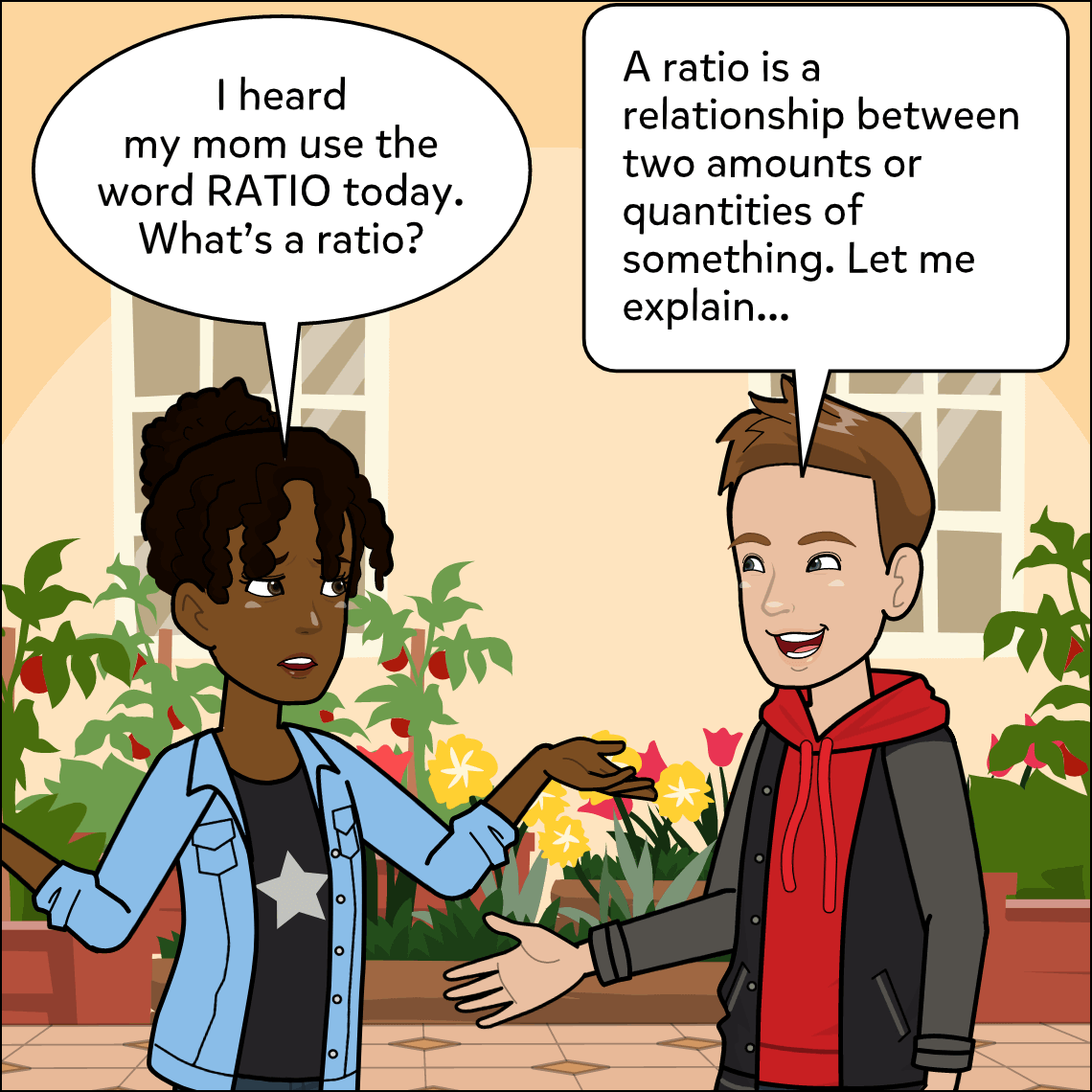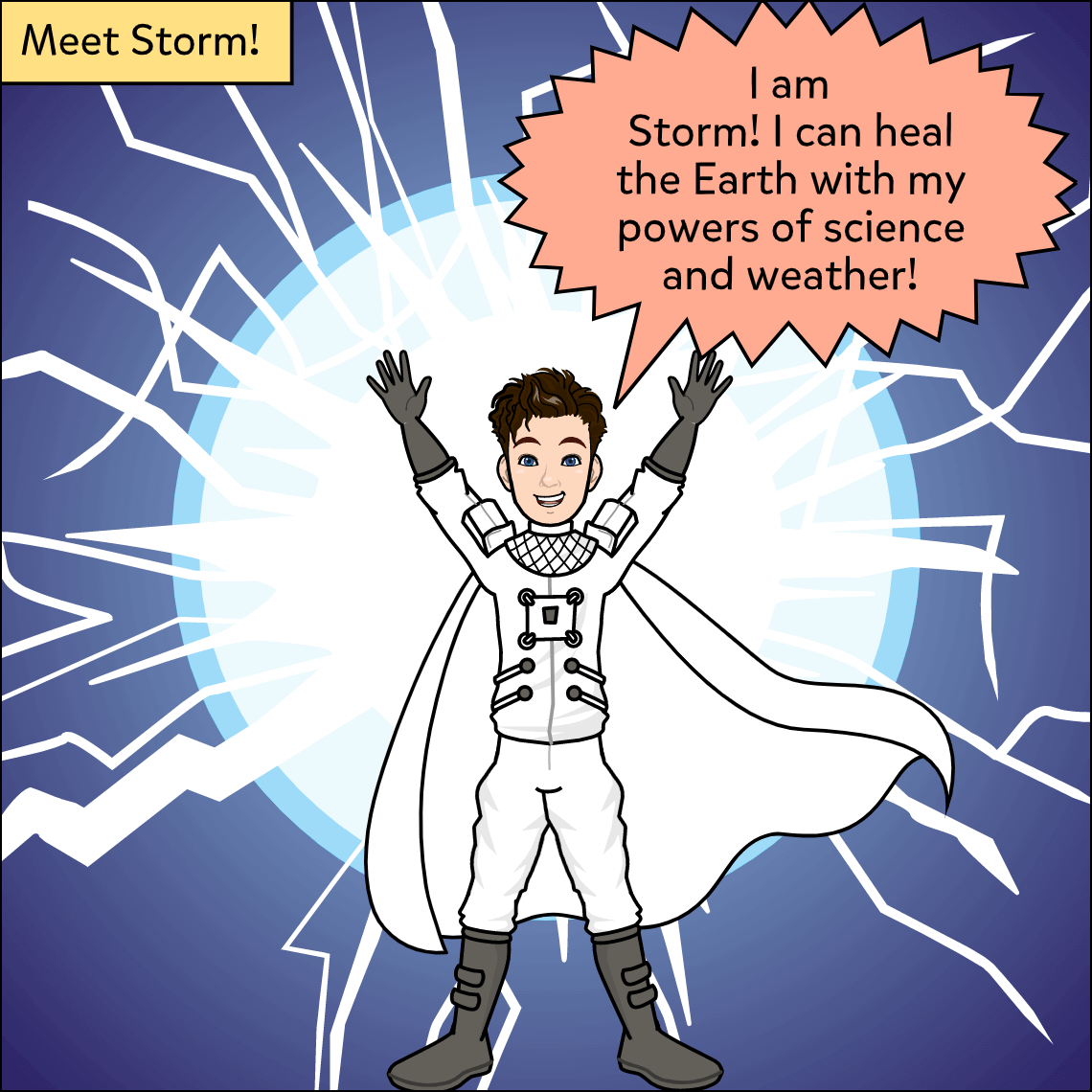Subject: Science; STEM (Science, Technology, Engineering, and Math)
Lesson Length: 45 mins - 1 hour
Topic: Physical Science, Molecules, Atoms
Brief Description: Students will illustrate the composition of a simple molecule.
Know Before You Start: Students should be familiar with the composition of basic molecules, including how atoms combine to create molecules like H2O or CO2.
Hook:
- Ask students:
- “How do atoms combine to make up molecules?”
- “What are some examples of molecules that have different properties than the elements that form them?”
- “Why is it important to know what things are made from?”
Activity:
- Have students discuss common molecules and the building blocks for each.
- Have students note several molecules that are most familiar to them, then choose one to feature in a comic.
- Have students create a comic that shows the building blocks for their chosen molecule.
Closure:
- Have students share their comics with the class or in small groups.
- Have students explain why they chose their molecule.
- Have students compare and contrast their chosen molecules based on the individual elements that make them up.
- If appropriate and depending on prior knowledge, discuss the different shapes some molecules form.
- Emphasize that some molecules are made up of the same elements, but are different materials based on the number of each one (for example, carbon monoxide (CO) vs carbon dioxide (CO2) or water (H2O) vs hydrogen peroxide (H2O2)). In addition, emphasize that molecules often have different properties than the elements that form them (e.g., at room temperature, sodium is a soft metal that can react explosively with water and chlorine is a poisonous gas, but NaCl forms table salt, a mineral that is necessary for life in the correct amounts).
Differentiation:
- Allow students to use the speech-to-text feature.
- Allow students to work in pairs or groups as needed.
- Allow students to use the voiceover feature to read their comics aloud.
- Provide examples of specific molecules students can follow for their comics.
Resources:
- Comic to print or display: Comic.
- Molecules for Kids - DK Find Out
- Atoms and Molecules - CK12
- Draw/Plan Then Write
Suggested Content:
Suggested Story Starters:
 Laboratory
Laboratory


